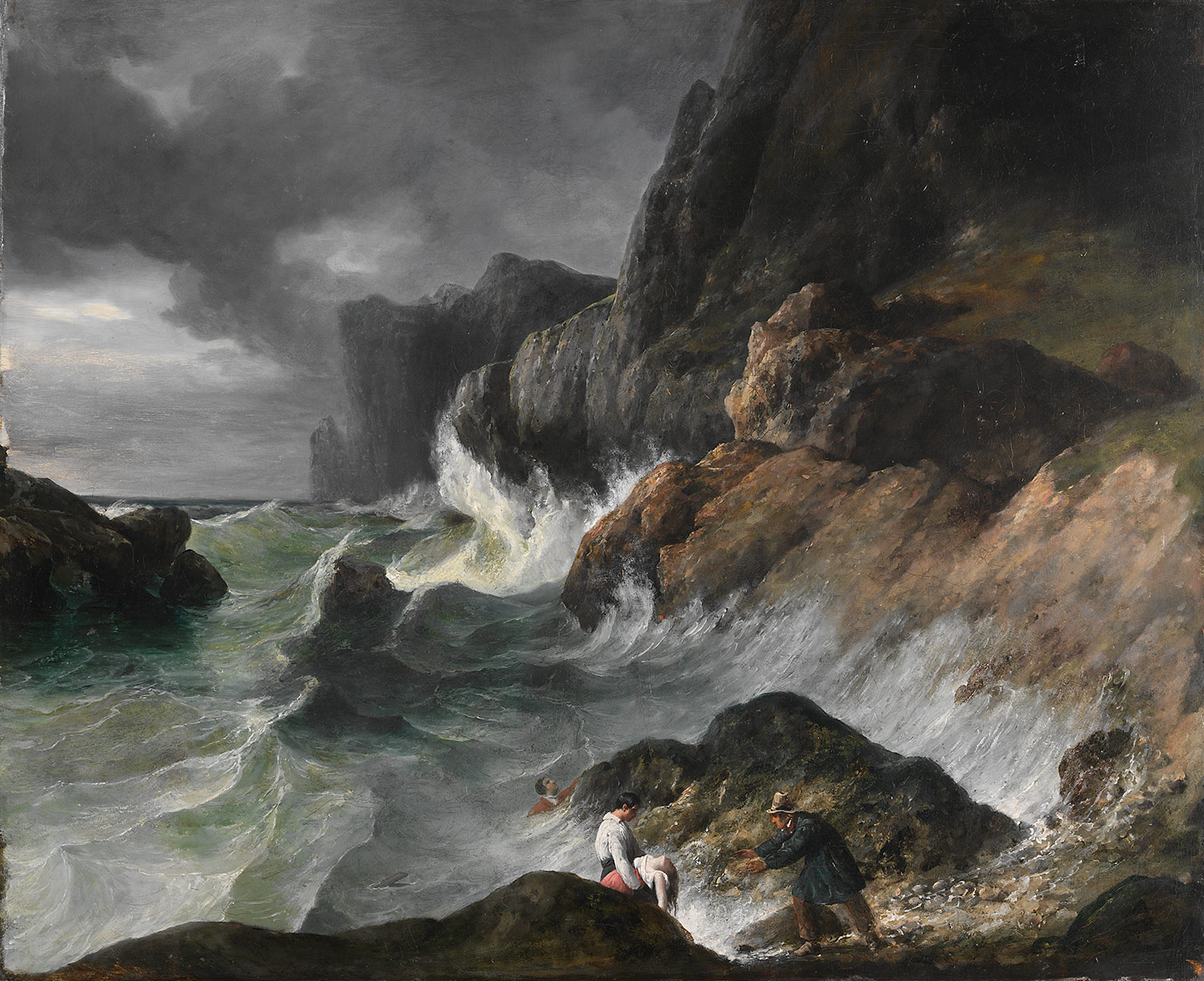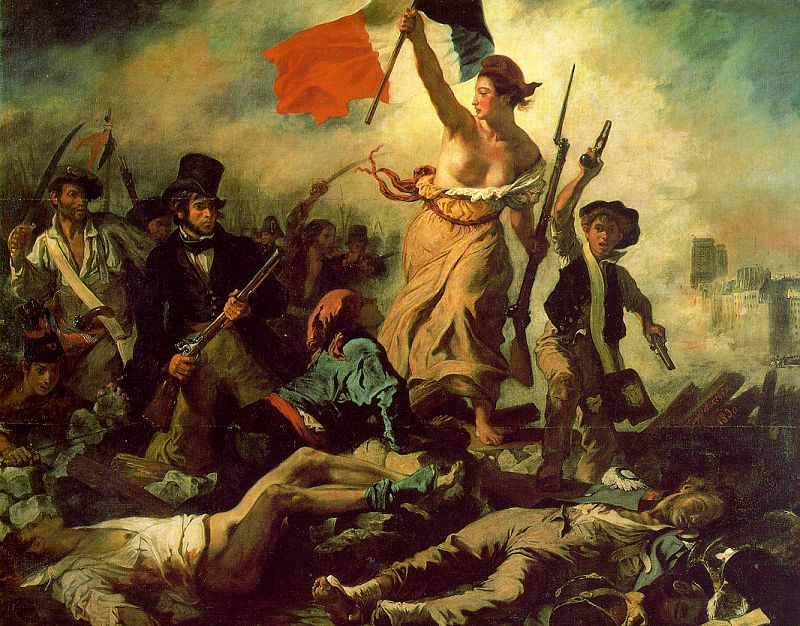Thomas Newcomen's atmospheric engine(1712) and through developments from James Watt, the steam engine began to be used.
James Watt formed an engine-building and engineering partnership with Matthew Boulton, a manufacturer, in 1775. This partnership that they have made became one of them most important businesses of the Industrial Revolution. They solved technical problems and spread their knowledge to various companies.
The development of the stationary steam engine was essential in the early stages of the Industrial Revolution.


Source: Steam power during the Industrial Revolution - Wikipedia, the free encyclopedia. 2013. Steam power during the Industrial Revolution - Wikipedia, the free encyclopedia. [ONLINE] Available at: http://en.wikipedia.org/wiki/Steam_power_during_the_Industrial_Revolution. [Accessed 05 March 2013].







.jpg)





